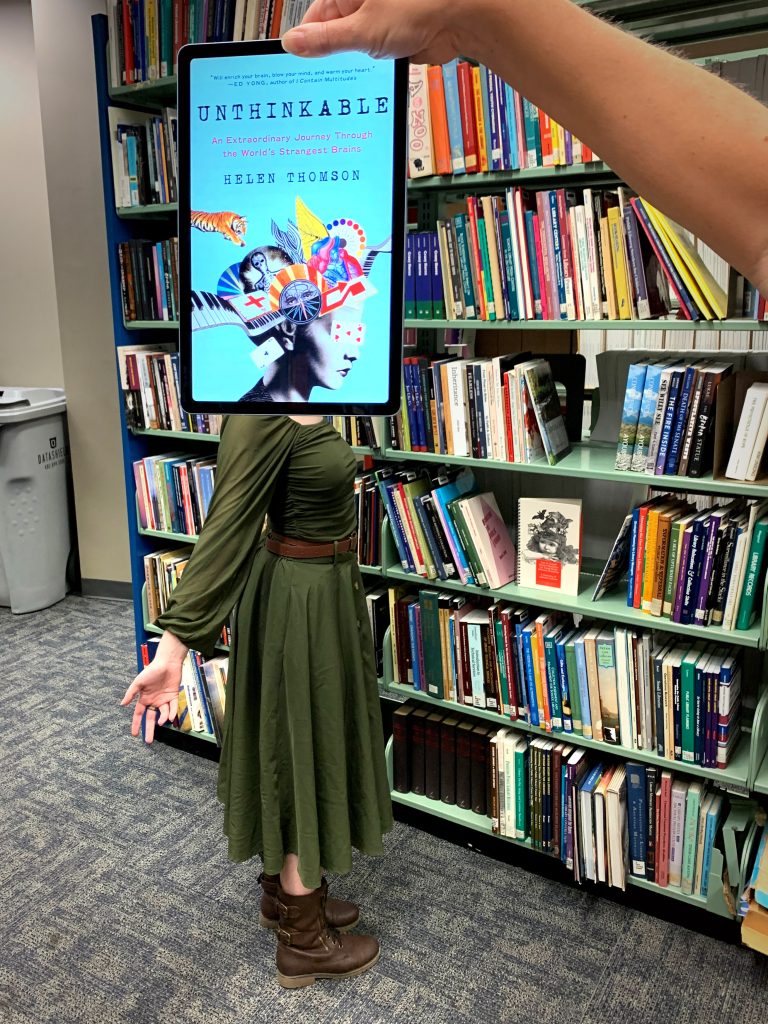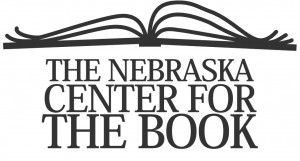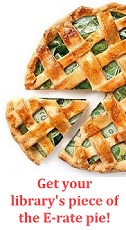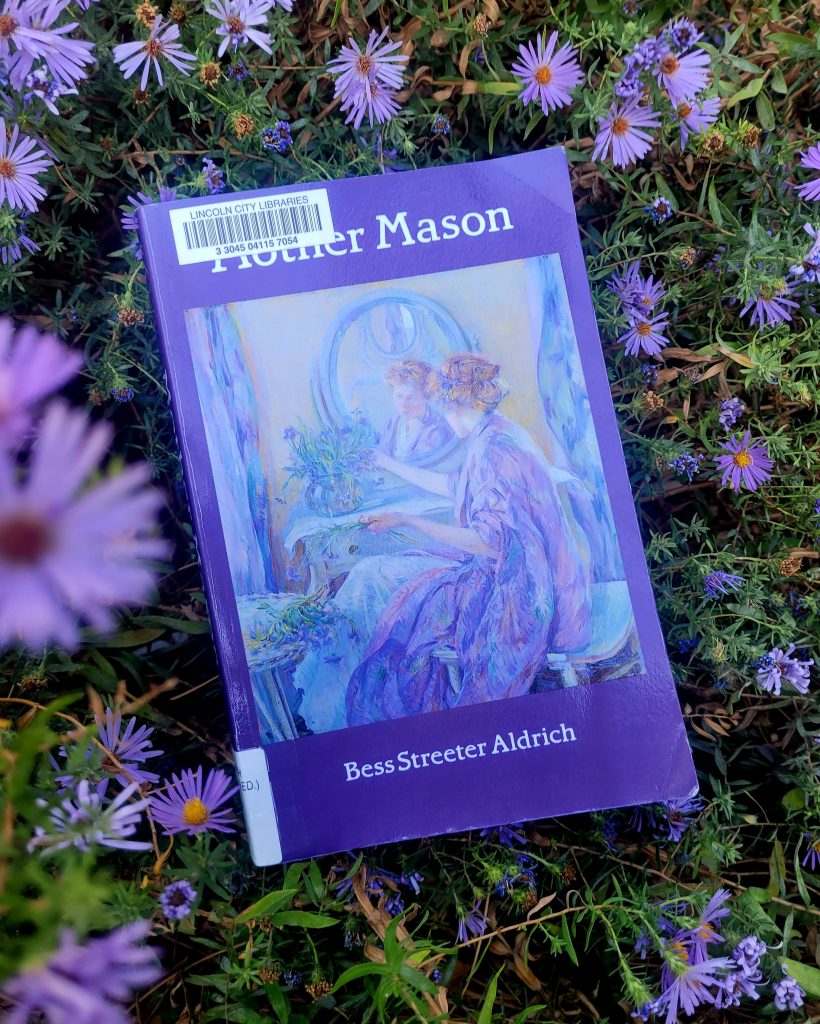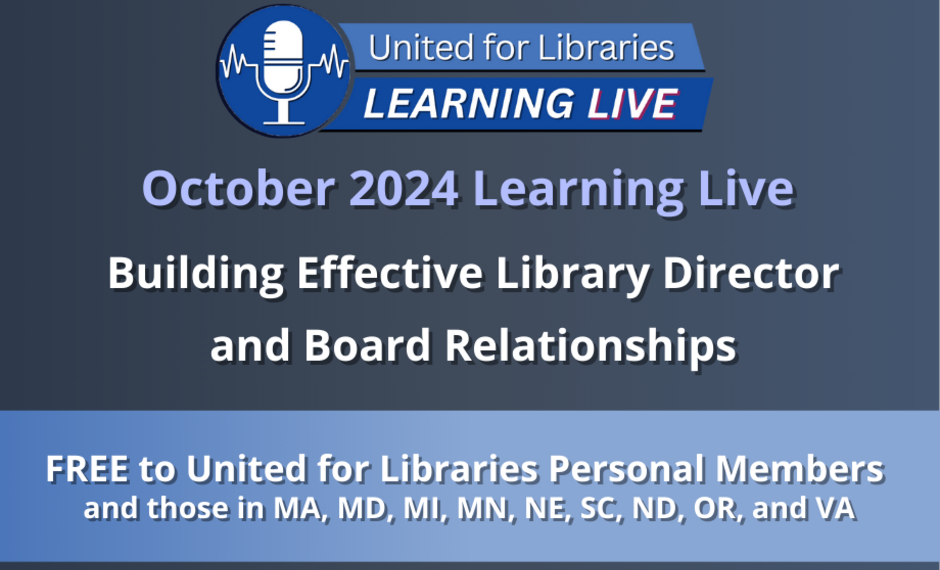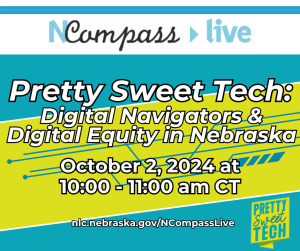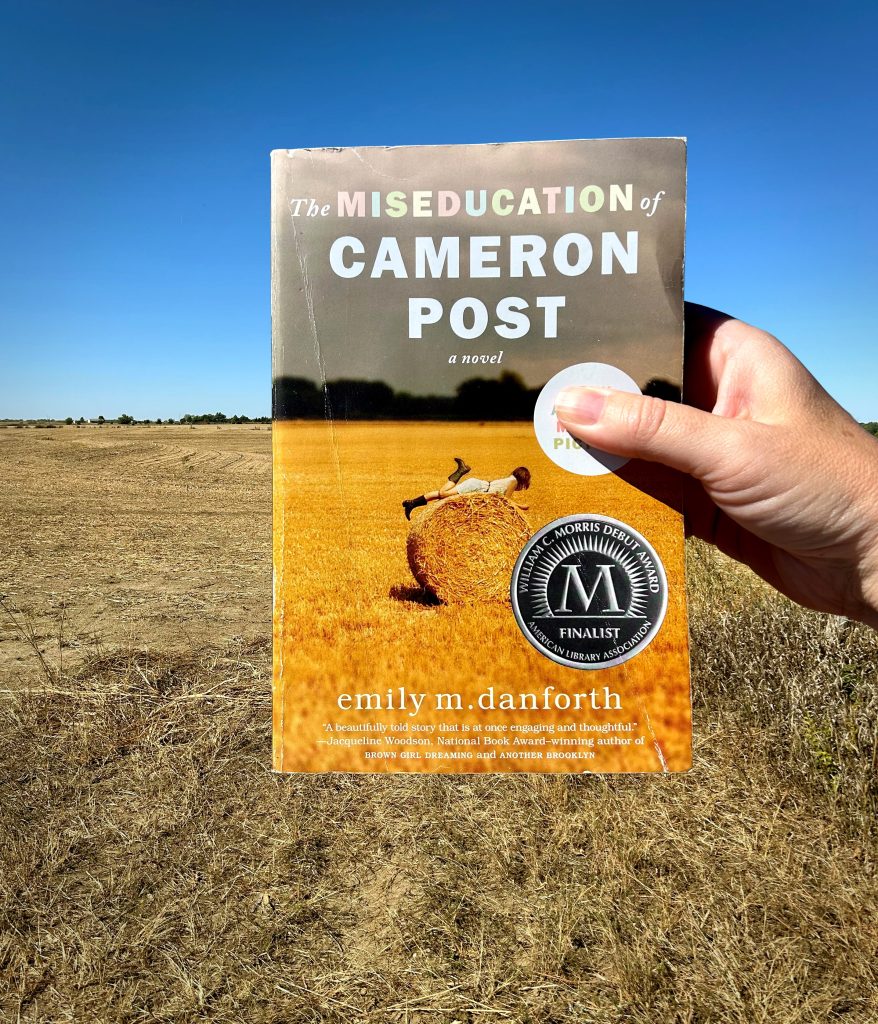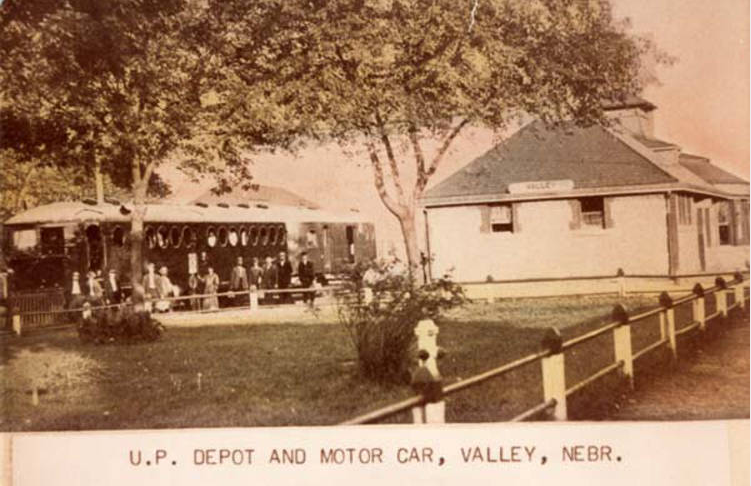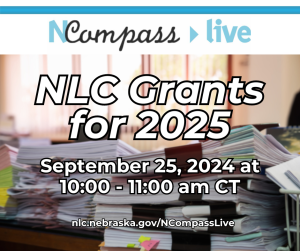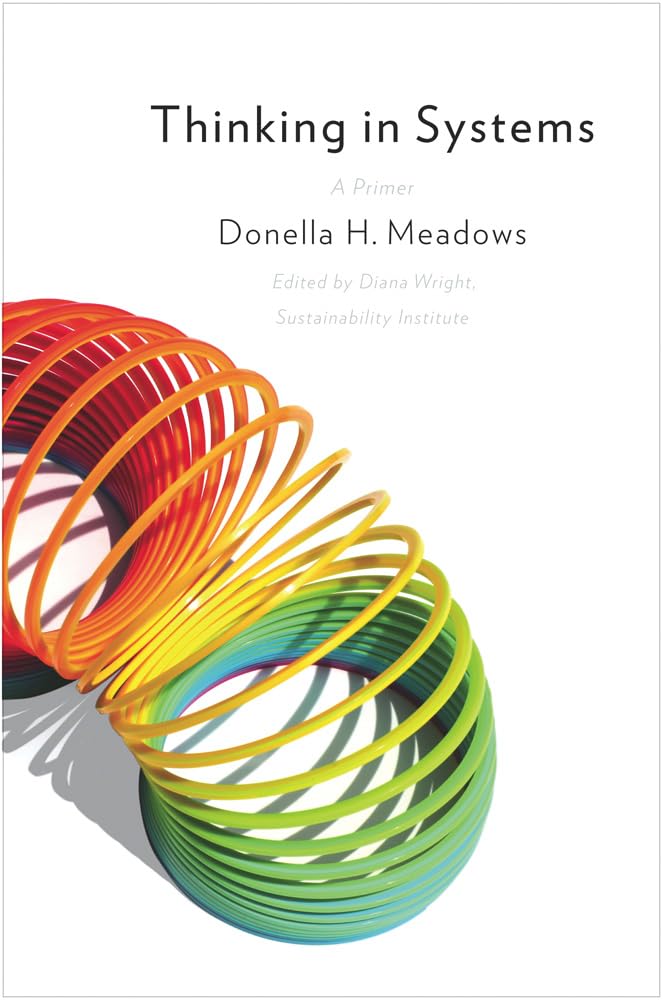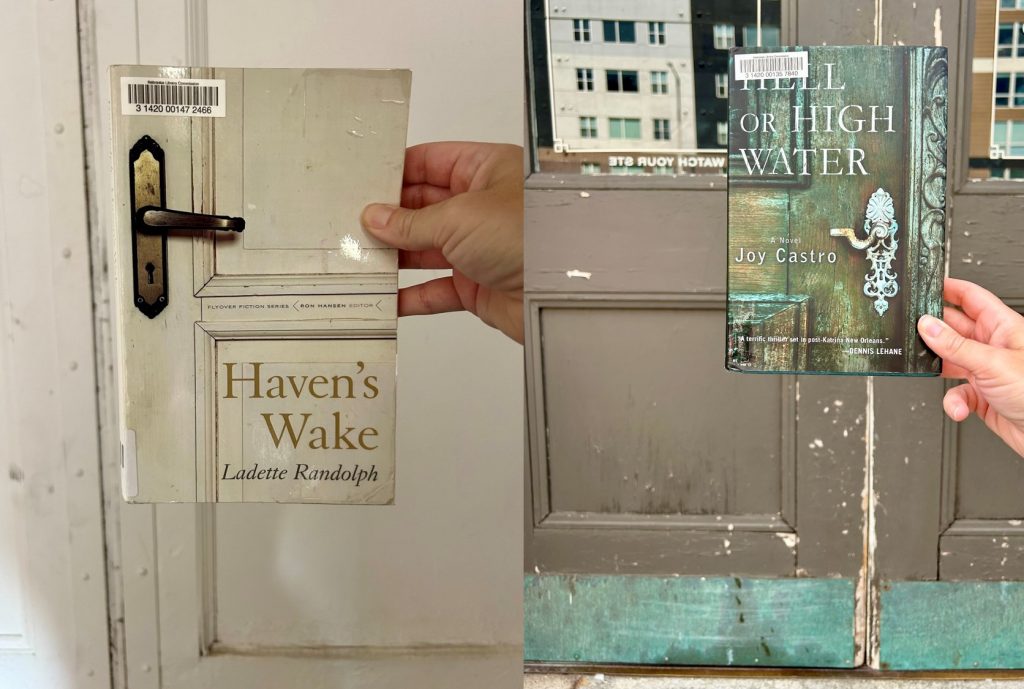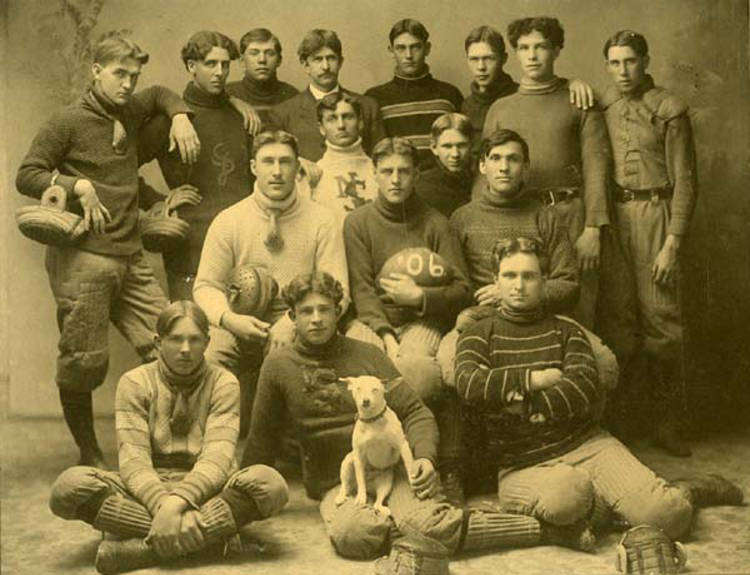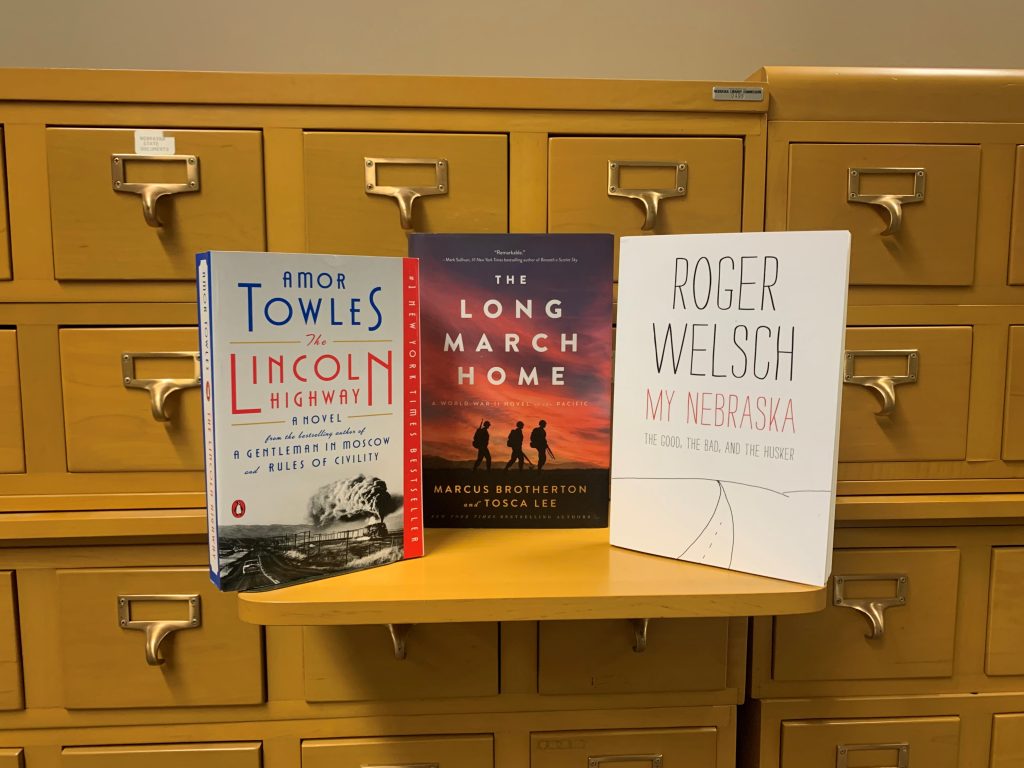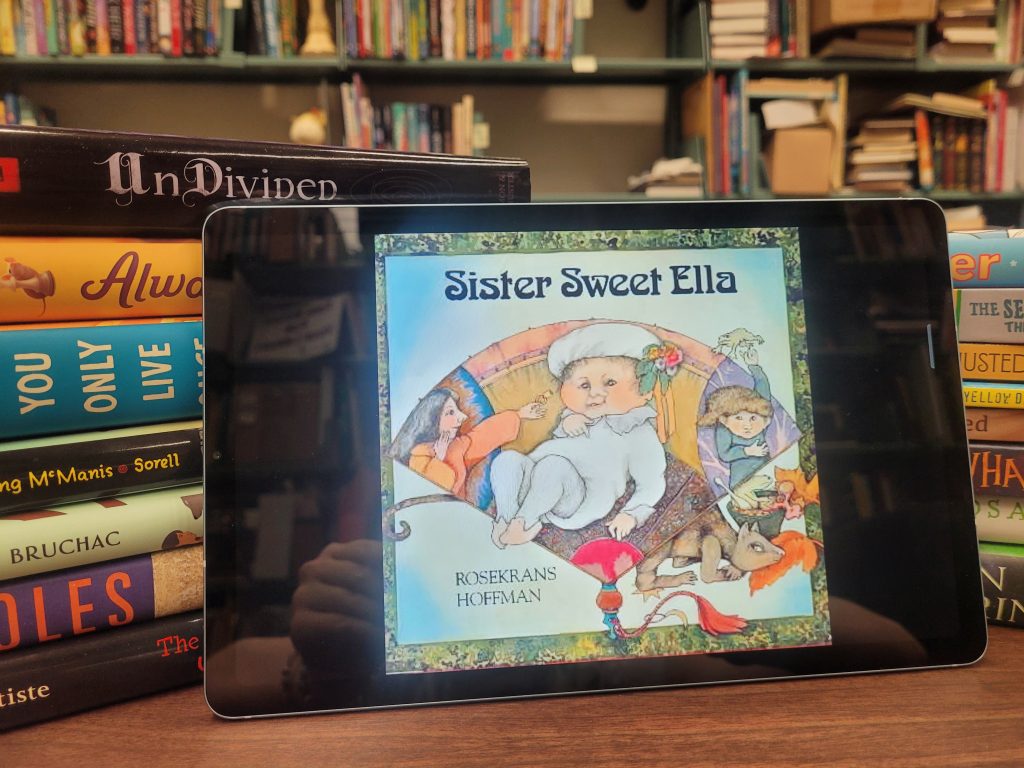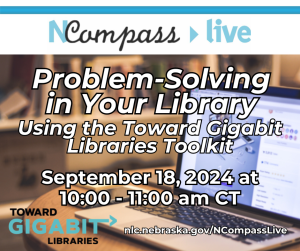You know those stories you (probably) read in your English 101 class? The ones that you still remember the experience of reading for the first time, decades later?
The Yellow Wallpaper; A Sound of Thunder; The Tell-Tale Heart; The Lottery?Willful Creatures by Aimee Bender is that experience, on repeat. The Los Angeles Times called the anthology, “Hemingway on an acid trip; her choices are twisted, both ethereal and surprisingly weighty … Terrifyingly lovely.”
“Twisted,” “ethereal,” and “weighty” are all superb descriptors for these stories. I do disagree with “Hemingway on an acid trip,” not because of the Hemingway comparison — which I find mostly apt; Bender uses long, winding sentences that don’t end up where one might expect — but because of the acid trip. That, to me, implies a lack of control, and Bender’s prose is anything but. It’s sharp and witty, well-crafted, well-paced, and intentional. Her stories operate on her own internal logic. Now, the reader may feel like they are on an acid trip: the zany, kaleidoscopic stories are both vivid and vague, like a particularly striking dream that leaves one discombobulated upon waking, but fades to half-remembered images and emotions ten minutes after.
I first read this book in my very first semester as a college freshman, over a decade ago. I was gobsmacked. Awestruck. I didn’t realize that people could write like that. I have not read the collection in its entirety since then, and so I was eager to find out what I thought now. There are only one or two stories that I find to be weaker — “Jinx” and “I Will Pick Out Your Ribs (from My Teeth)” — but the rest are solid, achieving a response that I only experience when reading a particularly fantastic poem.
My favorite stories from this collection are mostly in Part Three: “Dearth,” the tale of a woman who finds her cast-iron pot filled with potatoes, which return every day after she gets rid of them, and which slowly grow potato arms and legs and heads like children, increasing her desperation to rid herself of them (yes, she does eat one). “Job’s Jobs” is the story of God’s vendetta against a writer, and how the writer wins. “The Leading Man” is about a boy who is born with nine keys instead of fingers (his pinkie being the only exception), and who goes through his life seeking the matching locks. “Hymn,” the final story, is one of my all-time favorite short stories and is about a series of strange births. It ends with the lines: “my genes, my love, are rubber bands and rope; build yourself a structure you can live inside. Amen.” and it makes me cry every time. In fact, as I re-read this collection for the first time in years, I was struck by how many of the stories’ final lines were an emotional gut-punch. It’s like coming out from under hypnosis and then being informed that your dog was just hit by a car.
These stories must be approached with an open-mind. You cannot resist their strangeness, even when it disgusts you, otherwise you will miss something. There may be the instinct to retreat, to write the surreal tales off as nonsense (or an acid trip), but that, in my opinion, trivializes what Bender might be trying to do. I use the word “might,” because I still don’t understand some of them, even the ones that have stuck fast in my mind (“End of the Line,” the story about a very tiny man who is abducted and abused by a regular-sized man). But I think Bender is saying something about the inanity of life while simultaneously wrestling with — or arguing for? — the meaning of life. There’s an undercurrent of grief running through every story — I can see the shape of that, more clearly, now that I am older (wiser? sadder.).
If you like Willful Creatures, you will probably enjoy Bender’s full-length novel, The Particular Sadness of Lemon Cake. Somehow, Bender is able to maintain what she does in a 7-20 page short story through almost 300 pages. She has the range, darling.
Bender, Aimee. Willful Creatures: Stories. Anchor Books, 2005.

